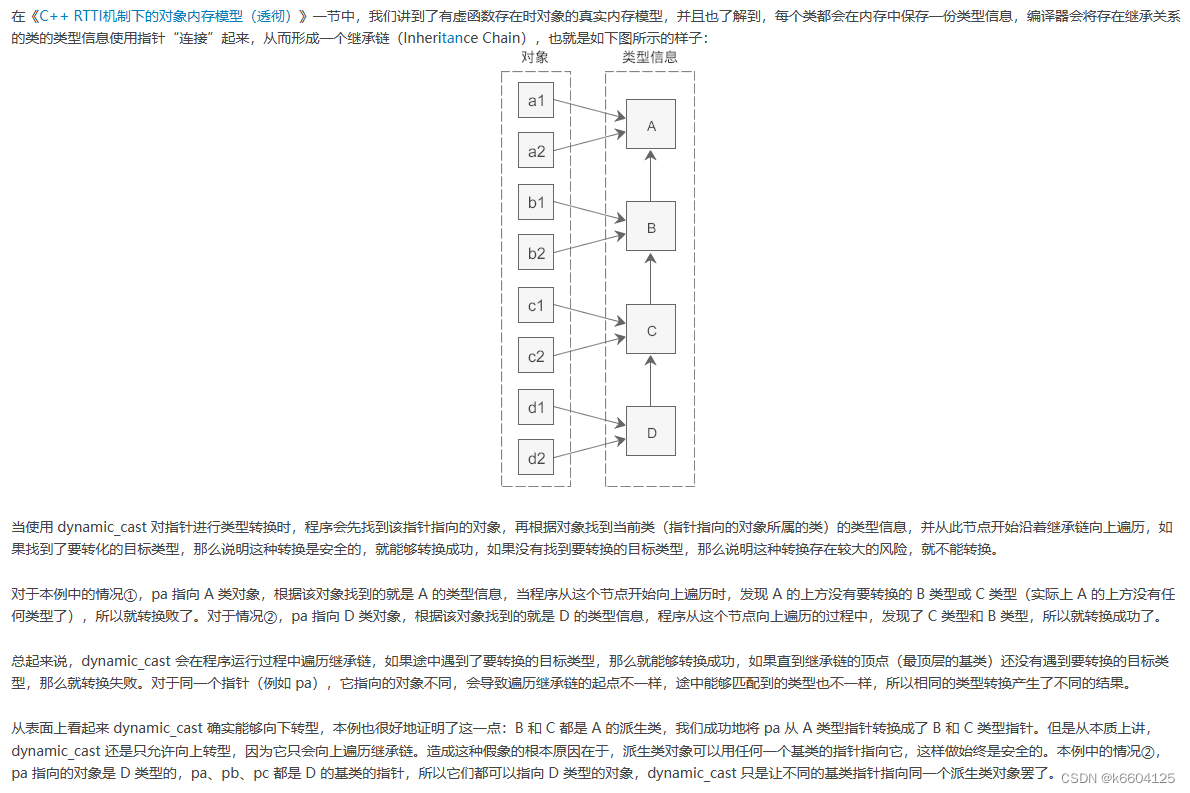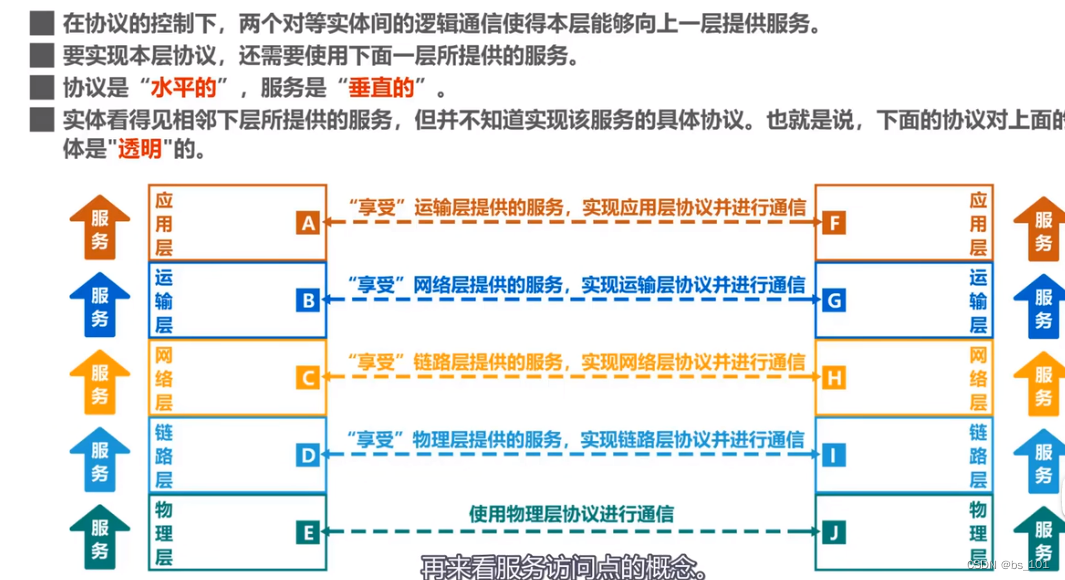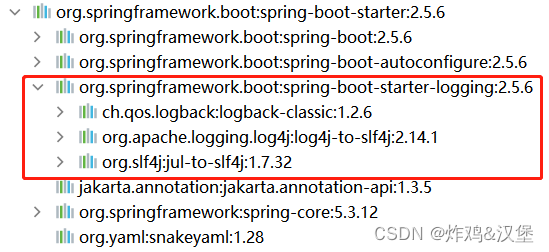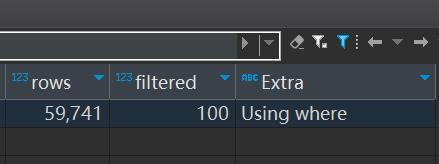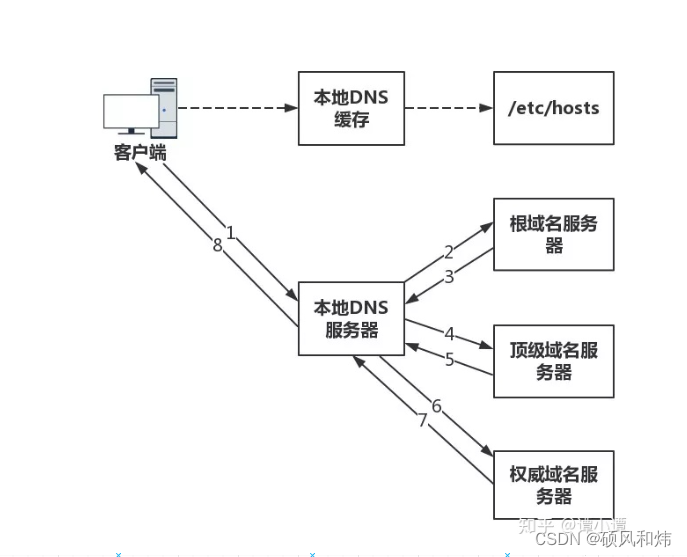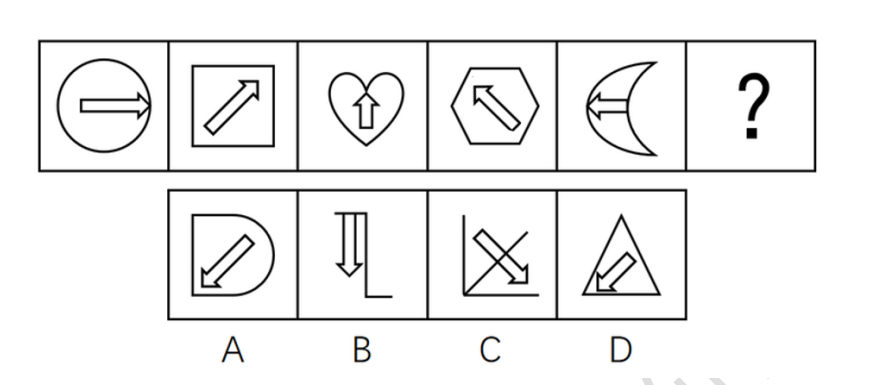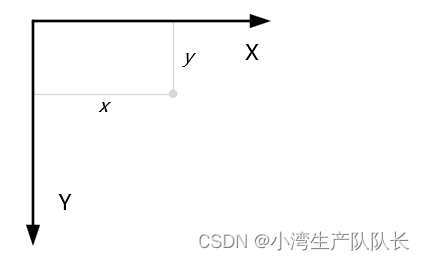1.将派生类对象赋值给基类对象
#include <iostream>
using namespace std;
//基类
class A{
public:
A(int a);
public:
void display();
public:
int m_a;
};
A::A(int a): m_a(a){ }
void A::display(){
cout<<"Class A: m_a="<<m_a<<endl;
}
//派生类
class B: public A{
public:
B(int a, int b);
public:
void display();
public:
int m_b;
};
B::B(int a, int b): A(a), m_b(b){ }
void B::display(){
cout<<"Class B: m_a="<<m_a<<", m_b="<<m_b<<endl;
}
int main(){
A a(10);
B b(66, 99);
//赋值前
a.display();
b.display();
cout<<"--------------"<<endl;
//赋值后
a = b;
a.display();
b.display();
return 0;
}
运行结果:
Class A: m_a=10
Class B: m_a=66, m_b=99
'----------------------------
Class A: m_a=66
Class B: m_a=66, m_b=99
2.将派生类指针赋值给基类指针
#include <iostream>
using namespace std;
//基类A
class A{
public:
A(int a);
public:
void display();
protected:
int m_a;
};
A::A(int a): m_a(a){ }
void A::display(){
cout<<"Class A: m_a="<<m_a<<endl;
}
//中间派生类B
class B: public A{
public:
B(int a, int b);
public:
void display();
protected:
int m_b;
};
B::B(int a, int b): A(a), m_b(b){ }
void B::display(){
cout<<"Class B: m_a="<<m_a<<", m_b="<<m_b<<endl;
}
//基类C
class C{
public:
C(int c);
public:
void display();
protected:
int m_c;
};
C::C(int c): m_c(c){ }
void C::display(){
cout<<"Class C: m_c="<<m_c<<endl;
}
//最终派生类D
class D: public B, public C{
public:
D(int a, int b, int c, int d);
public:
void display();
private:
int m_d;
};
D::D(int a, int b, int c, int d): B(a, b), C(c), m_d(d){ }
void D::display(){
cout<<"Class D: m_a="<<m_a<<", m_b="<<m_b<<", m_c="<<m_c<<", m_d="<<m_d<<endl;
}
int main(){
A *pa = new A(1);
B *pb = new B(2, 20);
C *pc = new C(3);
D *pd = new D(4, 40, 400, 4000);
pa = pd;
pa -> display();
pb = pd;
pb -> display();
pc = pd;
pc -> display();
cout<<"-----------------------"<<endl;
cout<<"pa="<<pa<<endl;
cout<<"pb="<<pb<<endl;
cout<<"pc="<<pc<<endl;
cout<<"pd="<<pd<<endl;
return 0;
}
运行结果:
Class A: m_a=4
Class B: m_a=4, m_b=40
Class C: m_c=400
'-----------------------
pa=0x9b17f8
pb=0x9b17f8
pc=0x9b1800
pd=0x9b17f8

3.virtual实现多态
#include <iostream>
using namespace std;
//基类People
class People{
public:
People(char *name, int age);
void display();
protected:
char *m_name;
int m_age;
};
People::People(char *name, int age): m_name(name), m_age(age){}
void People::display(){
cout<<m_name<<"今年"<<m_age<<"岁了,是个无业游民。"<<endl;
}
//派生类Teacher
class Teacher: public People{
public:
Teacher(char *name, int age, int salary);
void display();
private:
int m_salary;
};
Teacher::Teacher(char *name, int age, int salary): People(name, age), m_salary(salary){}
void Teacher::display(){
cout<<m_name<<"今年"<<m_age<<"岁了,是一名教师,每月有"<<m_salary<<"元的收入。"<<endl;
}
int main(){
People *p = new People("王志刚", 23);
p -> display();
p = new Teacher("赵宏佳", 45, 8200);
p -> display();
return 0;
}

#include <iostream>
using namespace std;
//基类People
class People{
public:
People(char *name, int age);
virtual void display(); //声明为虚函数
protected:
char *m_name;
int m_age;
};
People::People(char *name, int age): m_name(name), m_age(age){}
void People::display(){
cout<<m_name<<"今年"<<m_age<<"岁了,是个无业游民。"<<endl;
}
//派生类Teacher
class Teacher: public People{
public:
Teacher(char *name, int age, int salary);
virtual void display(); //声明为虚函数
private:
int m_salary;
};
Teacher::Teacher(char *name, int age, int salary): People(name, age), m_salary(salary){}
void Teacher::display(){
cout<<m_name<<"今年"<<m_age<<"岁了,是一名教师,每月有"<<m_salary<<"元的收入。"<<endl;
}
int main(){
People *p = new People("王志刚", 23);
p -> display();
p = new Teacher("赵宏佳", 45, 8200);
p -> display();
return 0;
}

4.多态例子:
#include <iostream>
using namespace std;
//军队
class Troops{
public:
virtual void fight(){ cout<<"Strike back!"<<endl; }
};
//陆军
class Army: public Troops{
public:
void fight(){ cout<<"--Army is fighting!"<<endl; }
};
//99A主战坦克
class _99A: public Army{
public:
void fight(){ cout<<"----99A(Tank) is fighting!"<<endl; }
};
//武直10武装直升机
class WZ_10: public Army{
public:
void fight(){ cout<<"----WZ-10(Helicopter) is fighting!"<<endl; }
};
//长剑10巡航导弹
class CJ_10: public Army{
public:
void fight(){ cout<<"----CJ-10(Missile) is fighting!"<<endl; }
};
//空军
class AirForce: public Troops{
public:
void fight(){ cout<<"--AirForce is fighting!"<<endl; }
};
//J-20隐形歼击机
class J_20: public AirForce{
public:
void fight(){ cout<<"----J-20(Fighter Plane) is fighting!"<<endl; }
};
//CH5无人机
class CH_5: public AirForce{
public:
void fight(){ cout<<"----CH-5(UAV) is fighting!"<<endl; }
};
//轰6K轰炸机
class H_6K: public AirForce{
public:
void fight(){ cout<<"----H-6K(Bomber) is fighting!"<<endl; }
};
int main(){
Troops *p = new Troops;
p ->fight();
//陆军
p = new Army;
p ->fight();
p = new _99A;
p -> fight();
p = new WZ_10;
p -> fight();
p = new CJ_10;
p -> fight();
//空军
p = new AirForce;
p -> fight();
p = new J_20;
p -> fight();
p = new CH_5;
p -> fight();
p = new H_6K;
p -> fight();
return 0;
}

5.dynamic_cast 关键字
dynamic_cast 用于在类的继承层次之间进行类型转换,它既允许向上转型(Upcasting),也允许向下转型(Downcasting)。向上转型是无条件的,不会进行任何检测,所以都能成功;向下转型的前提必须是安全的,要借助 RTTI 进行检测,所有只有一部分能成功。
5.1.向上转型(Upcasting)
向上转型时,只要待转换的两个类型之间存在继承关系,并且基类包含了虚函数(这些信息在编译期间就能确定),就一定能转换成功。因为向上转型始终是安全的,所以 dynamic_cast 不会进行任何运行期间的检查,这个时候的 dynamic_cast 和 static_cast 就没有什么区别了。
#include <iostream>
#include <iomanip>
using namespace std;
class Base{
public:
Base(int a = 0): m_a(a){ }
int get_a() const{ return m_a; }
virtual void func() const { }
protected:
int m_a;
};
class Derived: public Base{
public:
Derived(int a = 0, int b = 0): Base(a), m_b(b){ }
int get_b() const { return m_b; }
private:
int m_b;
};
int main(){
//情况①
Derived *pd1 = new Derived(35, 78);
Base *pb1 = dynamic_cast<Derived*>(pd1);
cout<<"pd1 = "<<pd1<<", pb1 = "<<pb1<<endl;
cout<<pb1->get_a()<<endl; //OK
cout<<pb1->get_b()<<endl; //NG
cout<<pd1->get_b()<<endl; //OK
pb1->func();
return 0;
}
5.2.向下转型(Downcasting)
向下转型是有风险的,dynamic_cast 会借助 RTTI 信息进行检测,确定安全的才能转换成功,否则就转换失败。那么,哪些向下转型是安全地呢,哪些又是不安全的呢?下面我们通过一个例子来演示:
#include <iostream>
using namespace std;
class A{
public:
virtual void func() const { cout<<"Class A"<<endl; }
private:
int m_a;
};
class B: public A{
public:
virtual void func() const { cout<<"Class B"<<endl; }
private:
int m_b;
};
class C: public B{
public:
virtual void func() const { cout<<"Class C"<<endl; }
private:
int m_c;
};
class D: public C{
public:
virtual void func() const { cout<<"Class D"<<endl; }
private:
int m_d;
};
int main(){
A *pa = new A();
B *pb;
C *pc;
//情况①
pb = dynamic_cast<B*>(pa); //向下转型失败
if(pb == NULL){
cout<<"Downcasting failed: A* to B*"<<endl;
}else{
cout<<"Downcasting successfully: A* to B*"<<endl;
pb -> func();
}
pc = dynamic_cast<C*>(pa); //向下转型失败
if(pc == NULL){
cout<<"Downcasting failed: A* to C*"<<endl;
}else{
cout<<"Downcasting successfully: A* to C*"<<endl;
pc -> func();
}
cout<<"-------------------------"<<endl;
//情况②
pa = new D(); //向上转型都是允许的
pb = dynamic_cast<B*>(pa); //向下转型成功
if(pb == NULL){
cout<<"Downcasting failed: A* to B*"<<endl;
}else{
cout<<"Downcasting successfully: A* to B*"<<endl;
pb -> func();
}
pc = dynamic_cast<C*>(pa); //向下转型成功
if(pc == NULL){
cout<<"Downcasting failed: A* to C*"<<endl;
}else{
cout<<"Downcasting successfully: A* to C*"<<endl;
pc -> func();
}
return 0;
}

